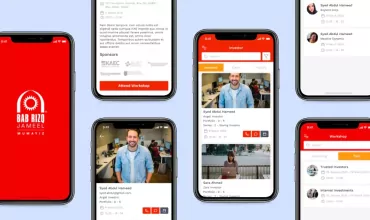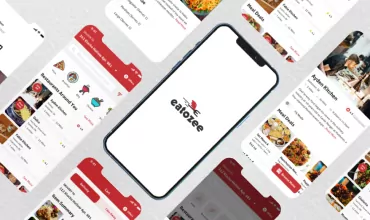Containers are dying, Fields are thriving
Table of Contents
A particular workshop by the Bay Area Independent Publishers Association (BAIPA) enlightened the people attending through three key speakers imparting their knowledge and experience on book design, marketing, children’s book publishing, the editing process, getting book reviews and how to turn your book into an iPhone app. This event was initiated and attended by the dignitaries of various groups including the members of Appspublisher and unlimitedpublishing.
The evening was particularly marked by the presence by speakers like Danny O. Snow, Scott James (aka Kemble Scott) and David Mathison who gave their excerpts on how to publish books on the digital media and how to get the best out of this evolving mode of communication.
The day started with Danny O. Snow, a senior fellow of The Society for New Communications Research (SNCR.org), a Palo Alto based think tank dedicated to the advanced study of new and emerging media, speaking about how ebooks can actually promote the authentic forms of printed books as they are a nice platform for “evolving the content” and for marketing the original works. He pointed to the success of the Christian Science Monitor, which switched to an electronic edition and a once a week print edition, and found that the popularity of the electronic edition actually increased the popularity of the print edition.
According to him Smartphones were actually a smart choice for content promotion in comparison to the upcoming iPad or Amazon Kindle as it has over 50 million owners opposed to only 5 for Kindle and iPad yet to come into the market. Furthermore, he added that this kind of digital media can subside the piracy problem being faced by the authentic publishers as there the book will become a one-piece software app, and won’t require a dedicated piece of reader software like Stanza.
Next in line came in was James Scott who spoke on the emerging future of the ebooks. Scott James writes the “Barbary Coast” column for The New York Times, part of the newspaper’s expanded coverage of the Bay Area. He is the author of two bestselling novels: SoMa was the first novel launched using YouTube, and The Sower was the first novel sold by giant social publisher Scribd.com.
James made some interesting points about publishing with Scribd.com:
- Scribd.com can store documents from one page to thousands of pages
- You set your own price
- You keep all rights
- Your agreement with Scribd.com is non-exclusive, so you can also publish on other platforms
- You earn an 80% royalty, whereas traditional publishers might give you 15% if you’re lucky
He pointed out on the advantages on using the new media over the conventional one as although the publishers might have all the powers to the money, penetration of the retail channel and access to big media to continue to act as gatekeepers, new and budding writers can make good and swift progress by taking the risks of getting into the new media mode.
Then the visitors of the evening witnessed the high point of the workshop with renowned speaker and media consultant David Mathison who spoke on “Using Social Media to Build Your Brand to Sell More Books.” Mathison is a media consultant, speaker, publisher, and hi-tech entrepreneur, with more than 25 years experience in content distribution.
Mathison stressed on a more egalitarian, democratic and open systems for the delivery of news, for publication, for any content-delivery you can think of. Talking about the new media, he stressed on the point that people should be open to embracing new methods and technology that has given much wider scope for a successful publishing and flow of content from new writers and evolving publishers.
Self-publishing, independent music, podcasting, internet radio, ezines, syndicators of digital content, bloggers, videographers, websites, wiki sites, internet TV, social networking systems like Facebook and Twitter: these are the media being born around us now that we have entered a change time.
He then talked about a very interesting concept of how things are changing with containers, the publishing houses and owners of the propriety are getting smaller in scope and how the fields, the content in this case, on the whole is evolving and expanding by the day. He gave the example of Music as to how it was confined to only companies that distributed the copies of music files have died down with the advent of this new form of digitized media and how music itself as a field has seen a huge expansion with various other forms of music files available on the internet to be downloaded for free by the users.
What he emphasized with this explanation is that now more options are available for people, everyone and anyone can now become a content creator, a member of the “media of one.” He pictured this change as a shift from an economy based on scarcity to one based on abundance. With earlier economies requiring few hits to get to the top, and now with the access and the power to create to everyone, there is a blast in the content market and there are plenty of options available. This dethrones the monopoly criterion which prevailed earlier.
He said that content creators have important things to watch out for:
- Learn to maintain a direct relationship with your audience
- Always maintain control of the rights to your work
- Figure out how to “re-purpose” your content, to find different ways to get your content out
As Mathison said, “all hell is breaking loose” in the fields of media and content distribution. The world is changing around us, and we only need to understand how it is happening in order to take hold of the tools of change for ourselves.
To read the full/original review of the event please refer to the following links.
2010 BAIPA Get Published! Institute – Part 1
2010 BAIPA Get Published! Institute – Part 2



